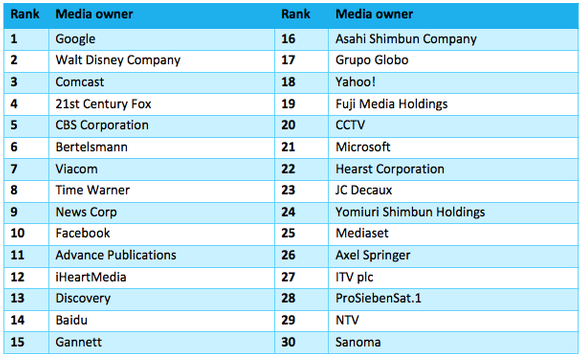Disney Cruise Line continues to add video games and interactive experiences to its fleet of four ships. This fall, the Disney Dream cruise ship will undergo a dry dock overhaul that will introduce the first Disney Infinity interactive play area to any ship. Set in the Oceaneer Club, the Disney Infinity Toy Box area will feature exclusive new gameplay that kids can unlock and bring home to their own consoles.
In addition, special activities will bring the virtual gameplay experience to life in the real world. For example, a life-sized Disney Infinity Base sets the stage where kids take the place of character figures for a group gaming experience. Lighting up in response to gameplay on a large screen, this interactive floor will allow kids to be immersed in the Toy Box. While this technology is currently being developed by Walt Disney Imagineering and Disney Interactive, Jennifer Haile, manager of marketing strategy at Disney Cruise Line, talks about what’s in store for kids on the re-imagined ship in this exclusive interview.
What’s new on the Disney Dream this fall?
The Disney Dream is getting all new enhancements to that beautiful ship. It’s been just a couple of years since she was first born, but we’re always learning from great guest experiences and great enhancements we made to other ships to really raise the level. So this time we’re bringing an all-new Sweets and Treats shop, some cool adult poolside fun and we’re bringing some really cool enhancements to our kids’ spaces on board.
One of the new area for the kids is going to be Disney Infinity, a very popular video game out there. How are you turning that into an actual experience on the ship?
Disney Infinity is such a fun game. It has really taken the country by storm. Kids love using their imaginations to create new worlds, and so we’re bringing that into a larger-than-life space where kids can play with each other as well as on a giant screen, where they can create lands and unlock worlds to really enter those story books and have characters who are typically not in the same world together interact.
Can you talk about the interactivity and what they can unlock and how they can bring that home with them?
What’s really cool about this space is that Disney Interactive is developing some proprietary characters and lands that you’ll only be able to unlock onboard Disney Cruise Line. So kids using their Oceaneers bands, which they use in the youth spaces, will be able to take that technology home on their bands and use it with their gaming systems by swiping it on their base.
What gaming systems are you focusing on in this experience?
Everything is being locked down right now, but I believe that we are using Wii U and Xbox systems.
Right next to the Disney Infinity play space will be Star Wars. What’s in store for fans there?
As you know Star Wars is hot. This year we’re coming out with Episode VII, which will really reinvigorate the franchise. Everybody is super excited about Star Wars and the new movie. So we are bringing Star Wars to life on board with a space where we are transforming it to the Millennium Falcon. Kids will be able to pilot that ship and go through different light fields and lands and experience Star Wars in real life. The experience will feature footage from a variety of planets from the different films.
What’s the video game portion of that room?
We will have all new computer gaming systems that will allow you to play Star Wars games both from past episodes and future episodes. Also, Star Wars Rebels will have a presence in this space. So kids will be able to game on their own or become a part of live action experiences like Jedi Training Academy.
What is Jedi Training Academy?
We have people who are from the Star Wars family teach kids how to wield a light saber and fight with their favorite Jedis.
The Disney Magic cruise ship introduced an Avengers interactive experience with Iron Man and features live super heroes like Captain America. Will there be Star Wars characters on the ship?
On-going we don’t have Star Wars characters in this space permanently, but we are offering for the first time Star Wars Day at Sea on eight select sailings in 2016, so we will have everybody from Darth Vader to Chewbacca to Storm Troopers on board for a whole day of fun entertainment on those eight sailings on January 9 and 23, February 6 and 20, March 5 and 19 and April 2 and 16.



